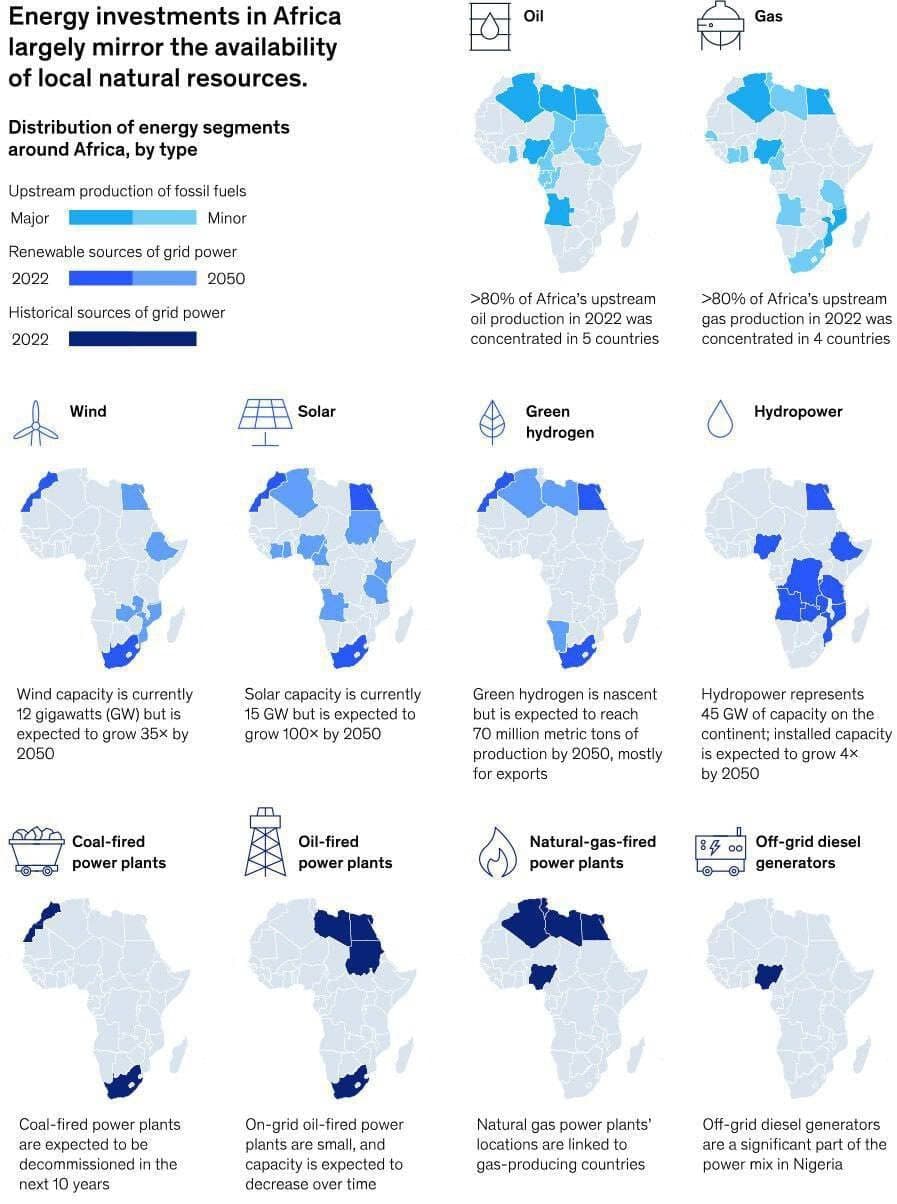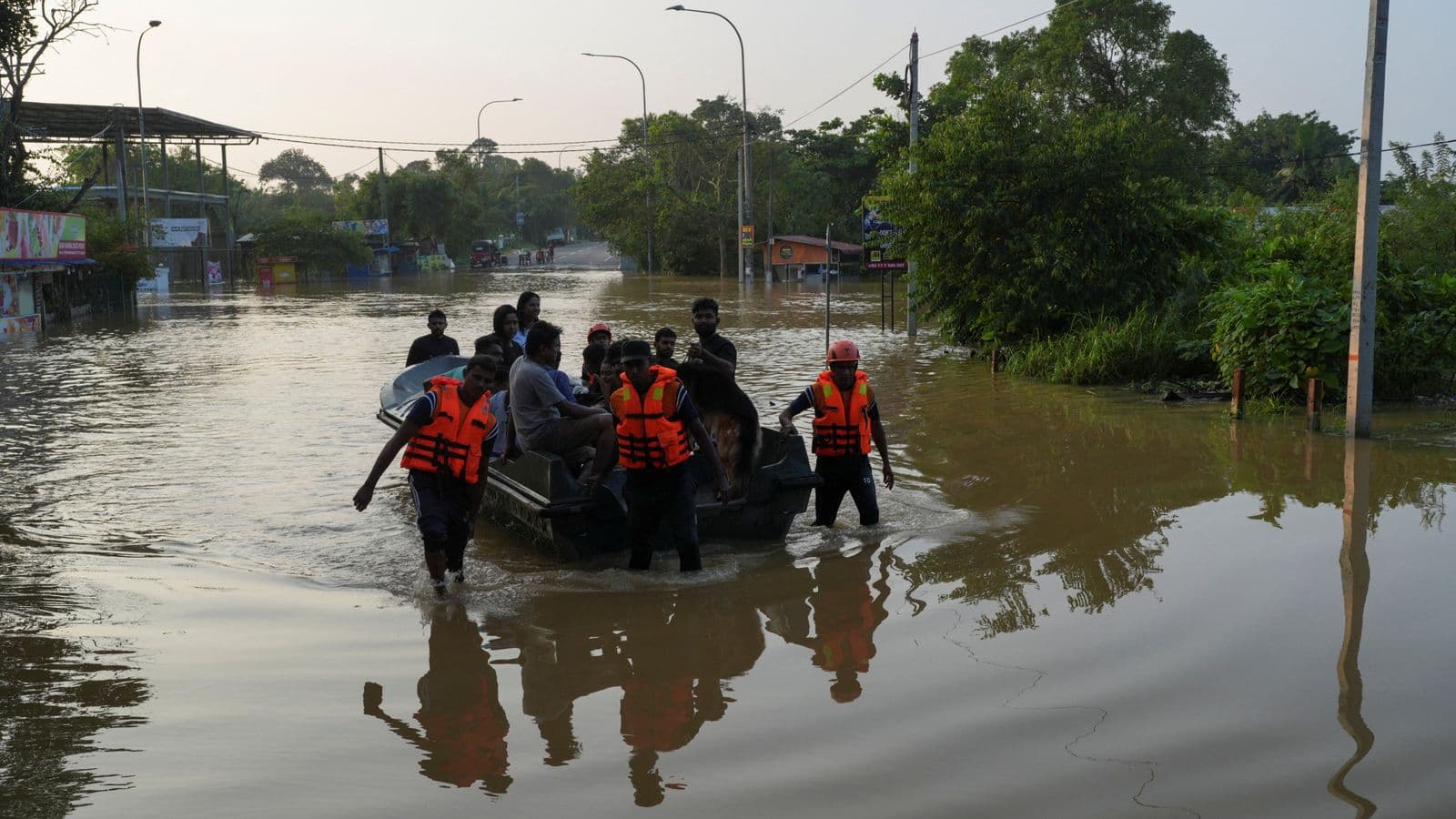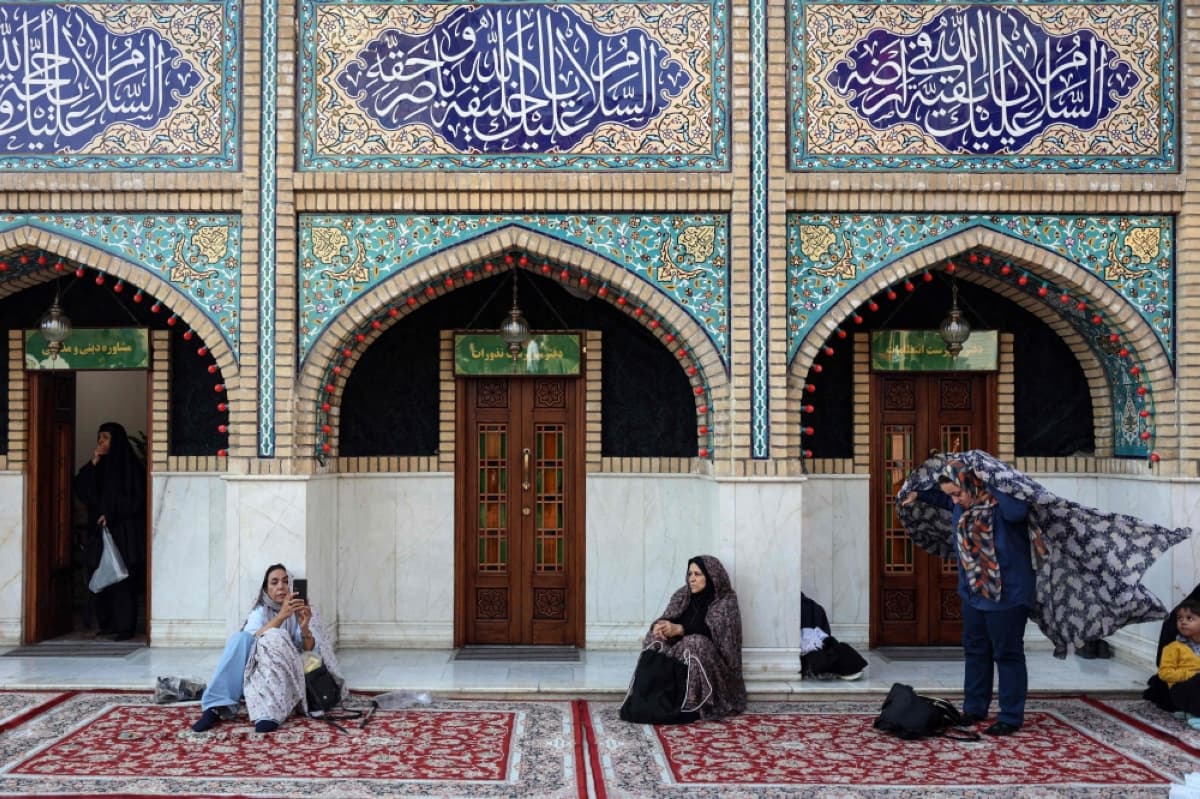Solar Surge in Africa and Asia Fuels Smartphone Access, Transforming Lives by 2050
In a pivotal shift for the developing world, the rapid expansion of solar energy infrastructure across Africa and developing Asia is poised to enhance smartphone penetration and social media access in regions previously left behind. By 2050, experts predict that nearly all of Africa"s 54 nations will achieve birth rates below replacement levels, a demographic shift that could redefine the continent"s socio-economic landscape.
Background & Context
The global energy landscape is undergoing a transformation, with solar energy leading the charge. Africa and developing Asia, regions that have historically struggled with energy access, are now becoming hotspots for solar power generation. As countries invest in renewable energy technologies, the potential for economic growth and social connectivity rises dramatically. The International Energy Agency (IEA) reports that solar energy capacity in Africa could increase by more than 300% by 2030, providing millions with access to electricity for the first time.
This energy revolution is crucial not only for powering homes and businesses but also for facilitating the widespread adoption of smartphones. With affordable solar power, individuals in remote areas can charge devices and access the internet, bridging the digital divide that has long hindered development in these regions. As previously reported, this technological leap is expected to catalyze increased engagement with social media platforms, fostering communication and collaboration among communities.
Key Developments
Recent initiatives by governments and private sectors in Africa and Asia are paving the way for this solar-powered future. For instance, countries like Kenya and India are leading the charge, implementing policies that encourage solar adoption and incentivize local manufacturing of solar panels and smartphones. In Kenya, the government aims to provide 100% electricity access by 2025, primarily through renewable sources. Similarly, India"s ambitious solar energy targets intend to generate 100 GW of solar power by 2022, with significant investments directed toward rural electrification.
These developments are not merely about energy access; they are also about changing lifestyles. As smartphone usage increases, social media platforms such as Facebook, WhatsApp, and Twitter are becoming integral to daily life. The ability to connect with broader networks can empower individuals, enhance educational opportunities, and promote local businesses—transforming economies from the ground up.
Broader Impact
The implications of this solar and digital revolution extend beyond mere connectivity. Experts argue that as smartphone access proliferates, it will lead to a significant shift in population dynamics. By 2050, projections suggest that almost all African countries will experience fertility rates below replacement levels, fundamentally altering the demographic landscape. This change is expected to alleviate concerns about overpopulation in a region often characterized by high birth rates.
Furthermore, with increased access to information and communication technologies, younger generations in Africa and Asia are likely to become more politically aware and engaged. This could lead to increased demand for transparency and accountability from governments, fostering a more participatory political environment. As seen in other regions, such as the Arab Spring, access to social media can serve as a catalyst for social change and reform.
What"s Next
Looking ahead, the future of solar energy and smartphone access in Africa and developing Asia appears bright. Continued investment in renewable energy technologies and infrastructure is essential for sustaining this momentum. Stakeholders, including governments, NGOs, and private enterprises, must collaborate to ensure that the benefits of solar energy and digital connectivity reach the most marginalized communities.
As the global community watches these developments unfold, the lessons learned from Africa and Asia could serve as a blueprint for other regions facing similar challenges. In an era where digital literacy and access to information are paramount, the drive toward solar energy and smartphone proliferation could redefine not only individual lives but entire nations by 2050.








![[Video] Coast Guard sniper takes out narco-boat in Eastern Pacific](/_next/image?url=%2Fapi%2Fimage%2Fthumbnails%2Fthumbnail-1765029104101-04awi-thumbnail.jpg&w=3840&q=75)